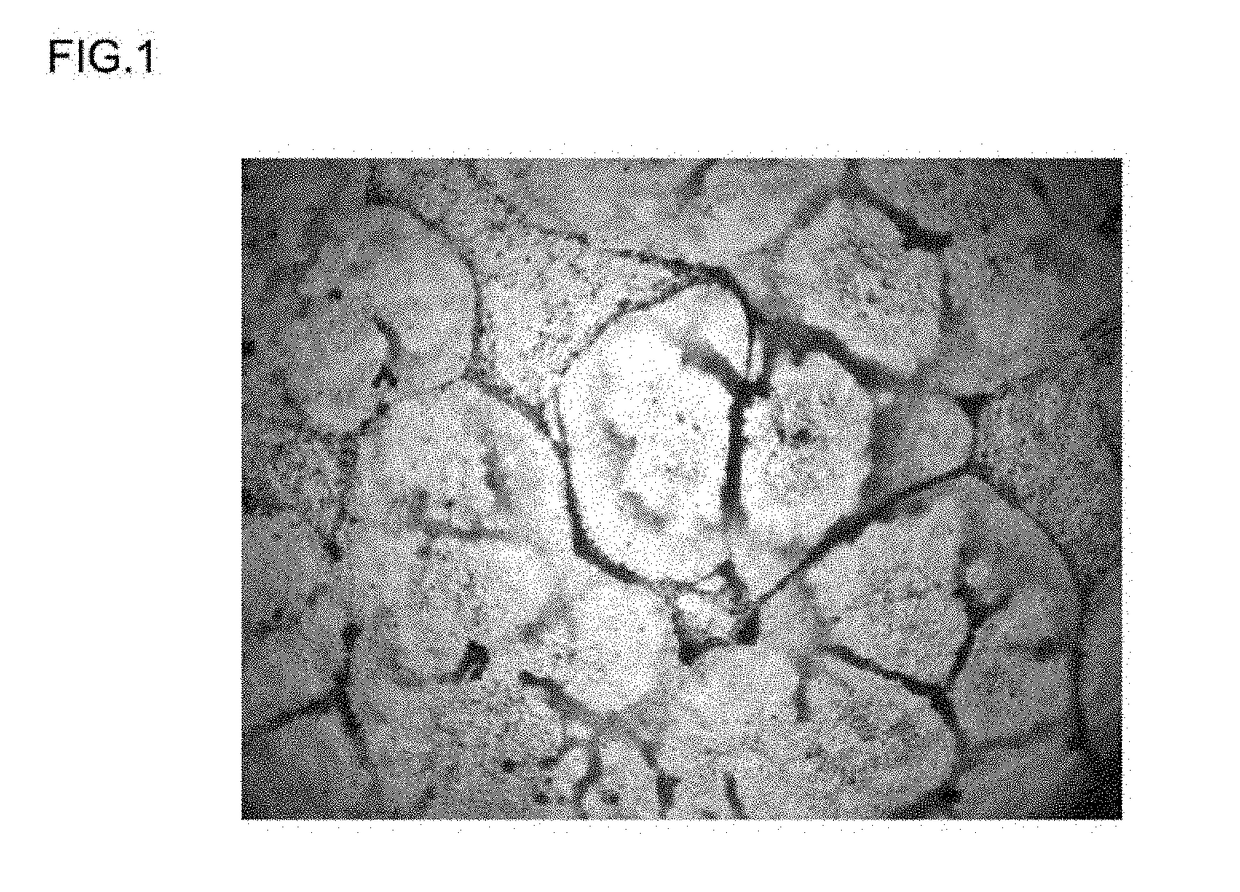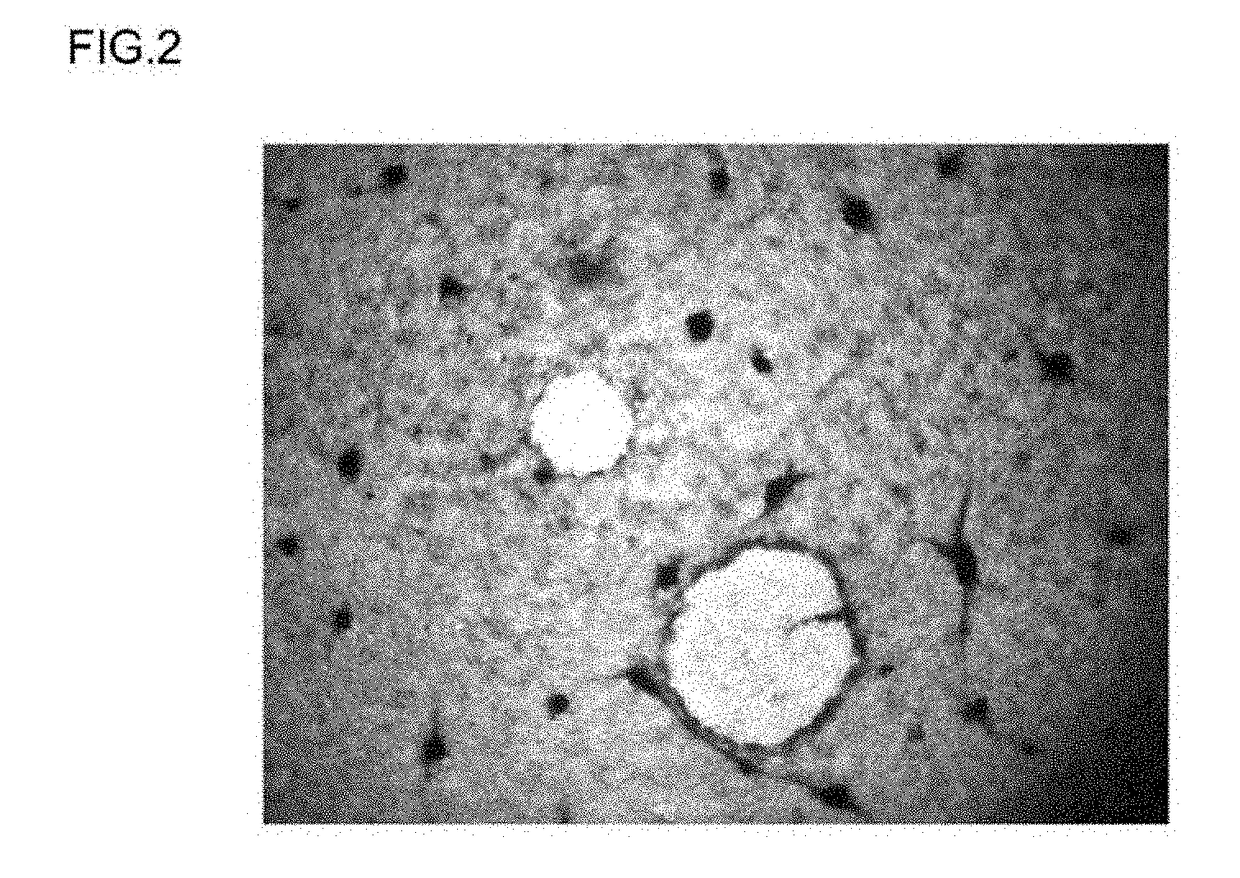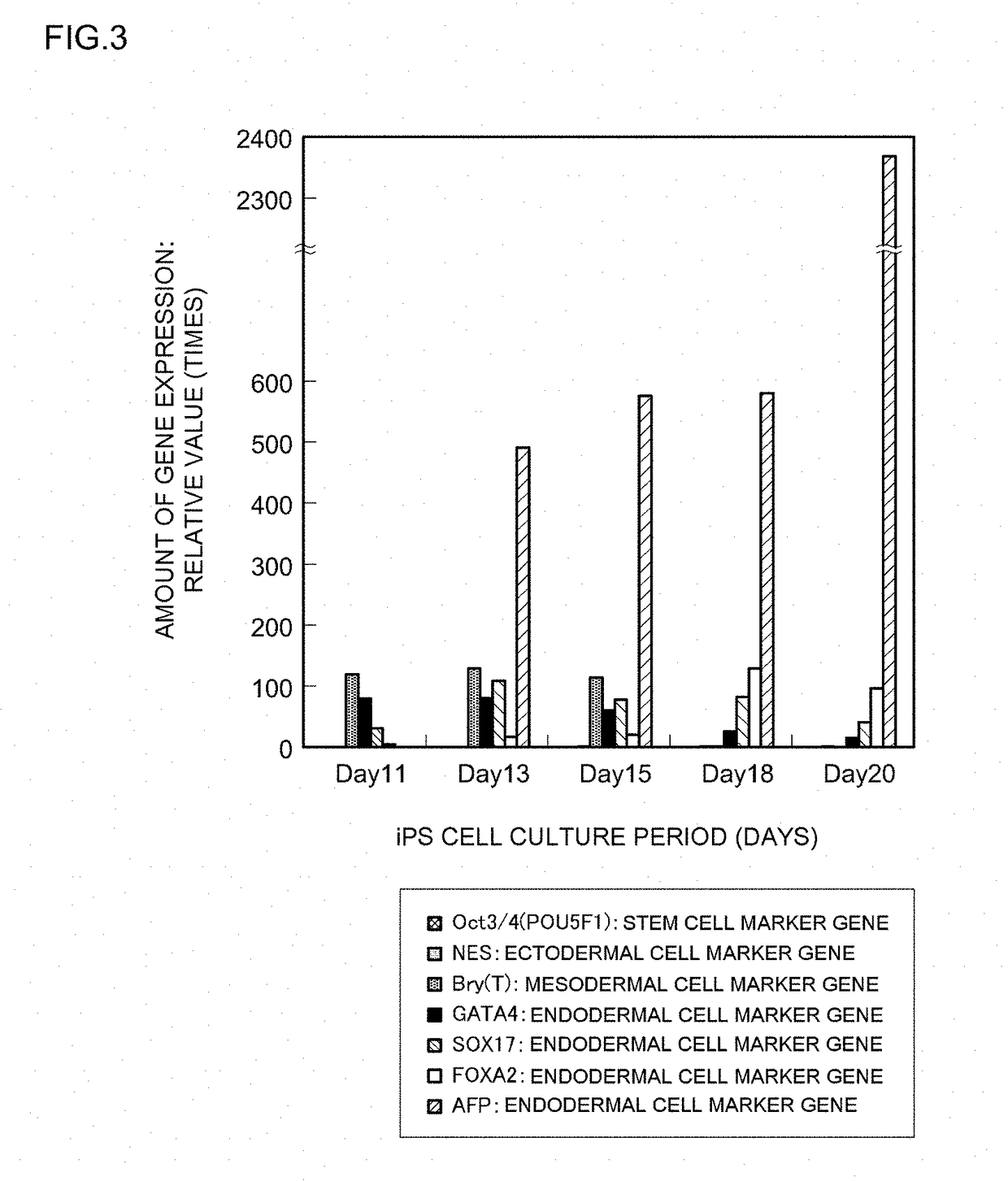Method for inducing differentiation of pluripotent stem cells into endodermal cells
a technology of endodermal cells and stem cells, which is applied in the field of synthetic peptides, can solve the problems of low differentiation efficiency, affecting the quality of life of patients, and unable to meet the needs of conventional transplantation therapy, and achieves the effects of promoting repair or regeneration of affected parts, simple and inexpensive methods, and efficient production
- Summary
- Abstract
- Description
- Claims
- Application Information
AI Technical Summary
Benefits of technology
Problems solved by technology
Method used
Image
Examples
example 1
ynthesis
[0170]Seven kinds of synthetic peptides consisting of the respective amino acid sequences of SEQ ID NO:26 and SEQ ID NOS:29 to 34 were manufactured with the peptide synthesizer described below. In the following explanations, these synthetic peptides are called Sample 1 through Sample 7 in the order of the sequence numbers. Table 1 lists the amino acid sequences and other data for these synthetic peptides.
[0171]
TABLE 1SampleTotal aminoNo.Amino acid sequenceacid residues1LLLLLLVGLTAPAGKKRTLRKNDRKKR-CONH2 (SEQ ID O: 26)272MLPGLALLLLAAWTARAKKRTLRKNDRKKR-CONH2 (SEQ ID NO: 29)303AAAAATGRLLLLLLVGLTAPALAKKRTLRKNDRKKR-COOH (SEQ ID NO: 30)364RLLLLLLVGLTAPALAKKRTLRKNDRKKR-COOH (SEQ ID NO: 31)295MAATGTAAAAATGKLLVLLLLGLTAPAAAKKRTLRKNDRKKR-COOH (SEQ ID NO: 32)426MAATGTAAAAATGRLLLLLLVGLTAPALAKKRTLRKNDRKKR-COOH (SEQ ID NO: 33)427MGPASPAARGLSRRPGQPPLPLLLPLLLLLLRAQPAIGKKRTLRKNDRKKR-COOH (SEQ ID NO: 34)51
[0172]As shown in Table 1, the peptides of each sample has an amino acid sequence (SEQ ID ...
example 2
valuate Stem Cell Differentiation-Inducing Activity of Differentiation-Inducing Synthetic Peptide Based on iPS Cell Transformation
[0182]The differentiation-inducing activity of a differentiation-inducing synthetic peptide (Sample 1) obtained in Example 1 above was evaluated based on the transformation of iPS cells cultured and passaged in vitro. A peptide-free group was also provided as a comparative example. The details of the evaluation test were as follows.
[0183]Cells supplied by the Kyoto University Center for iPS cell Research and Application were used as the human-derived iPS cells in this example (clone name: 201B2 or 201B7, reference source: Takahashi K et al., Cell, 131, 861-872 (2007)). For the feeder cells used in culturing these iPS cells, mouse embryonic fibroblasts (MEF cells) were used to passage (maintain) the iPS cells, while mouse embryonic fibroblasts (cell strain SNL 76 / 7) supplied under license by the Baylor College of Medicine were used in testing to evaluate t...
example 3
valuate Stem Cell Differentiation-Inducing Activity of Differentiation-Inducing Synthetic Peptide by Quantitative RT-PCR
[0190]The stem cell differentiation-inducing activity of a differentiation-inducing synthetic peptide (Sample 1) obtained in Example 1 above was evaluated by measuring changes over time in the expressed amounts of a stem cell differentiation marker gene (that is, a stem cell marker gene) and differentiation marker genes for the three kinds of germ layer cells. iPS cells that had been cultured and passaged in vitro were used as the test cells. The specifics of the evaluation test were as follows.
[0191]iPS cells (clone name: 201B2 or 201B7) were cultured as in Example 2 except that Sample 1 that had been prepared with DMSO / EtOH=1 / 1 to a peptide concentration of 4 mM was added 1.5 μL / well (that is to a peptide concentration of 6.0 μM in the well). A peptide-free group was also established as a comparative example. The medium was replaced and peptide was added two days...
PUM
| Property | Measurement | Unit |
|---|---|---|
| temperature | aaaaa | aaaaa |
| acid | aaaaa | aaaaa |
| width | aaaaa | aaaaa |
Abstract
Description
Claims
Application Information
 Login to View More
Login to View More - R&D
- Intellectual Property
- Life Sciences
- Materials
- Tech Scout
- Unparalleled Data Quality
- Higher Quality Content
- 60% Fewer Hallucinations
Browse by: Latest US Patents, China's latest patents, Technical Efficacy Thesaurus, Application Domain, Technology Topic, Popular Technical Reports.
© 2025 PatSnap. All rights reserved.Legal|Privacy policy|Modern Slavery Act Transparency Statement|Sitemap|About US| Contact US: help@patsnap.com



